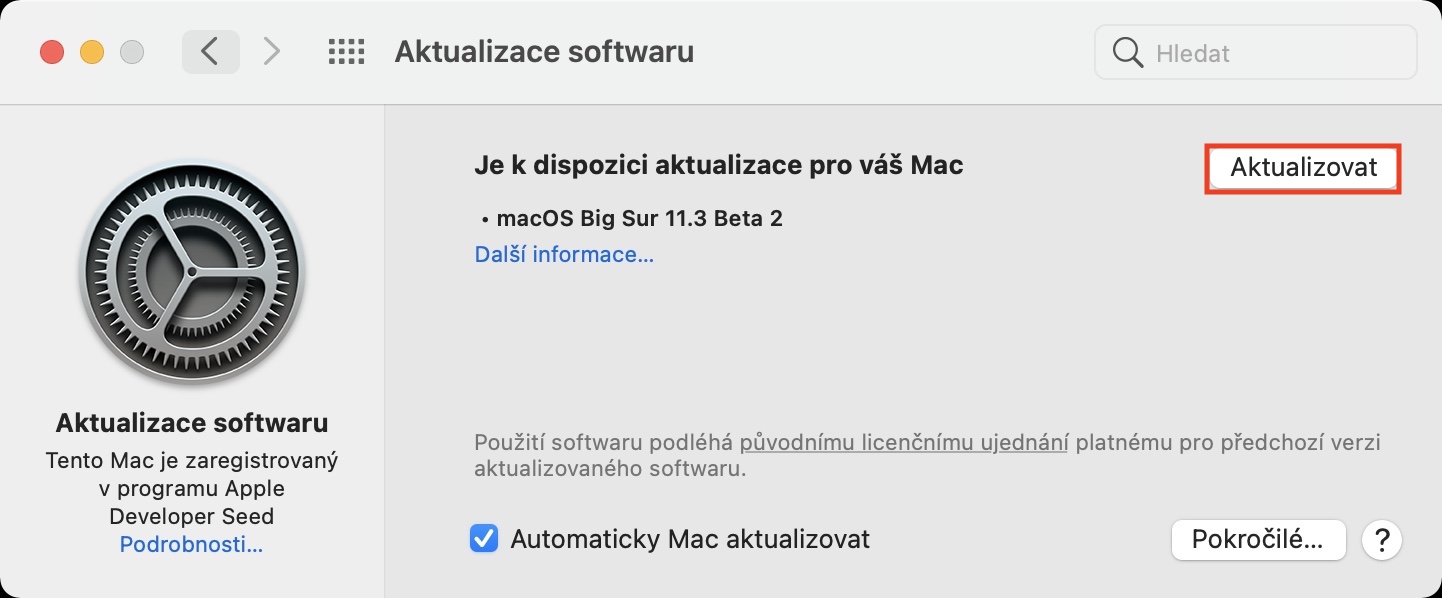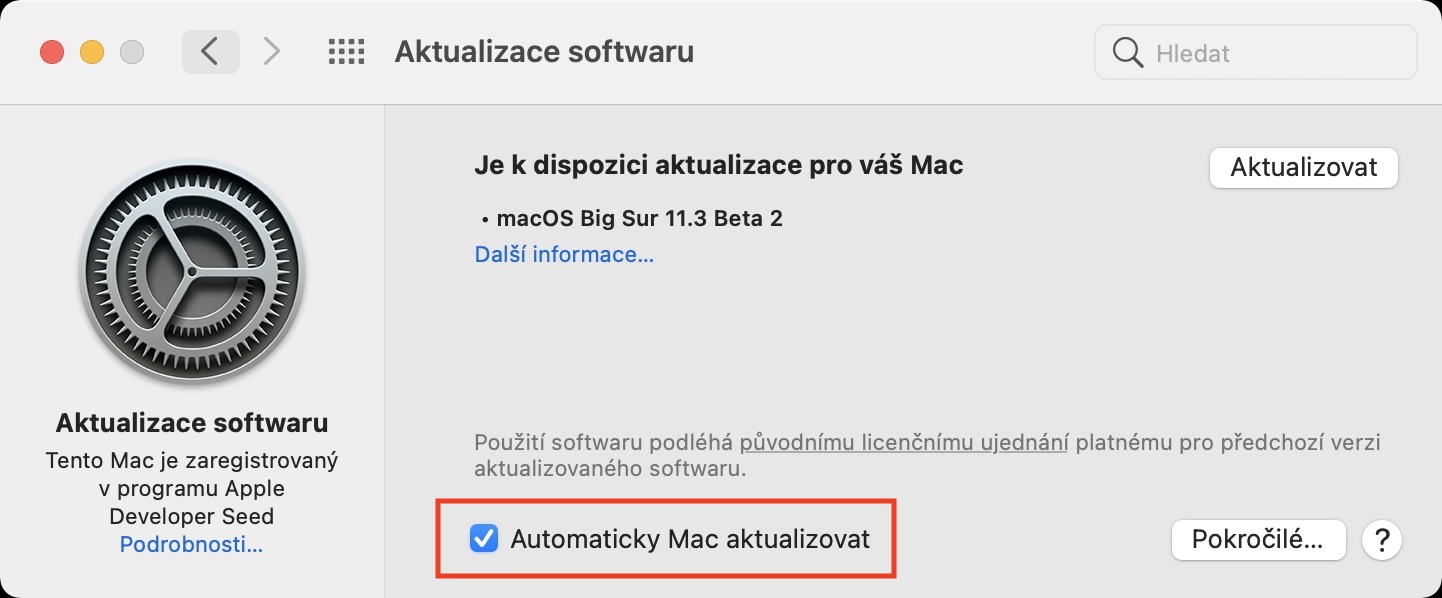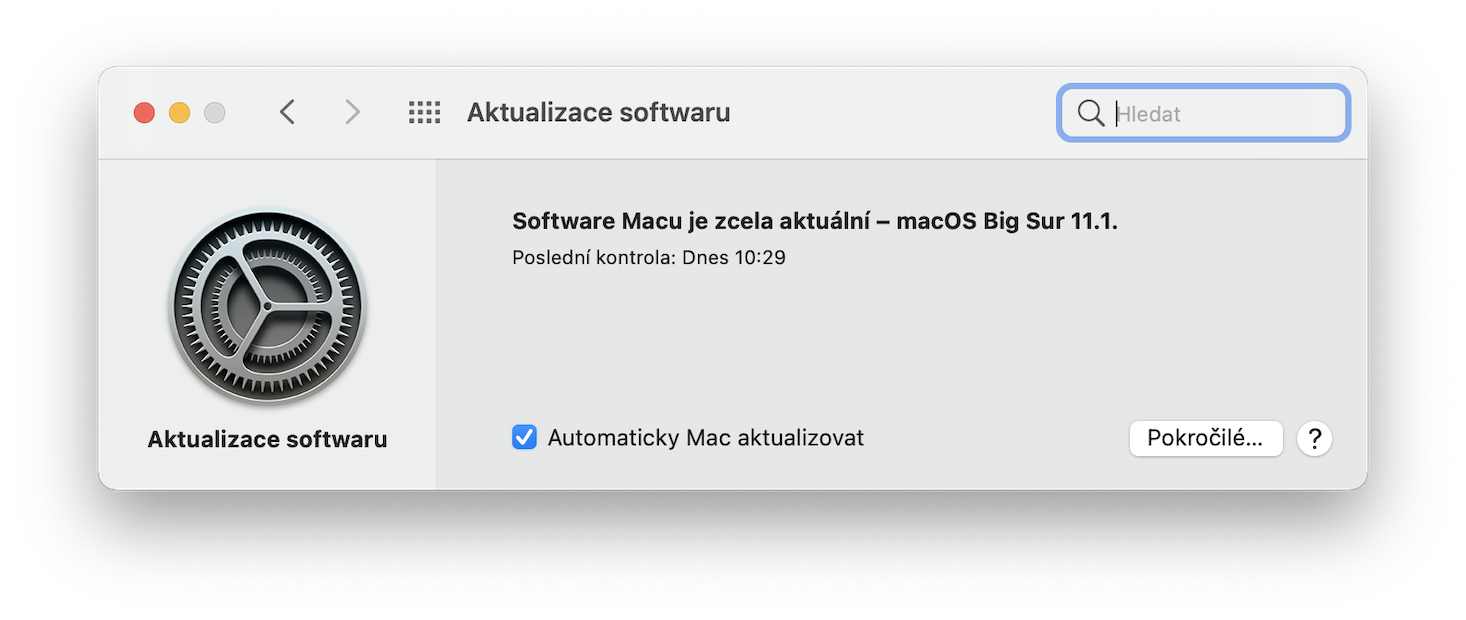Apple computers have been increasingly sought after by hackers lately - and it's no wonder. The user base of macOS devices is constantly growing, making it a goldmine for attackers. There are countless different ways hackers can get hold of your data. Therefore, you should definitely know how you can protect yourself on your macOS device and what you should avoid while using it.
It could be interest you
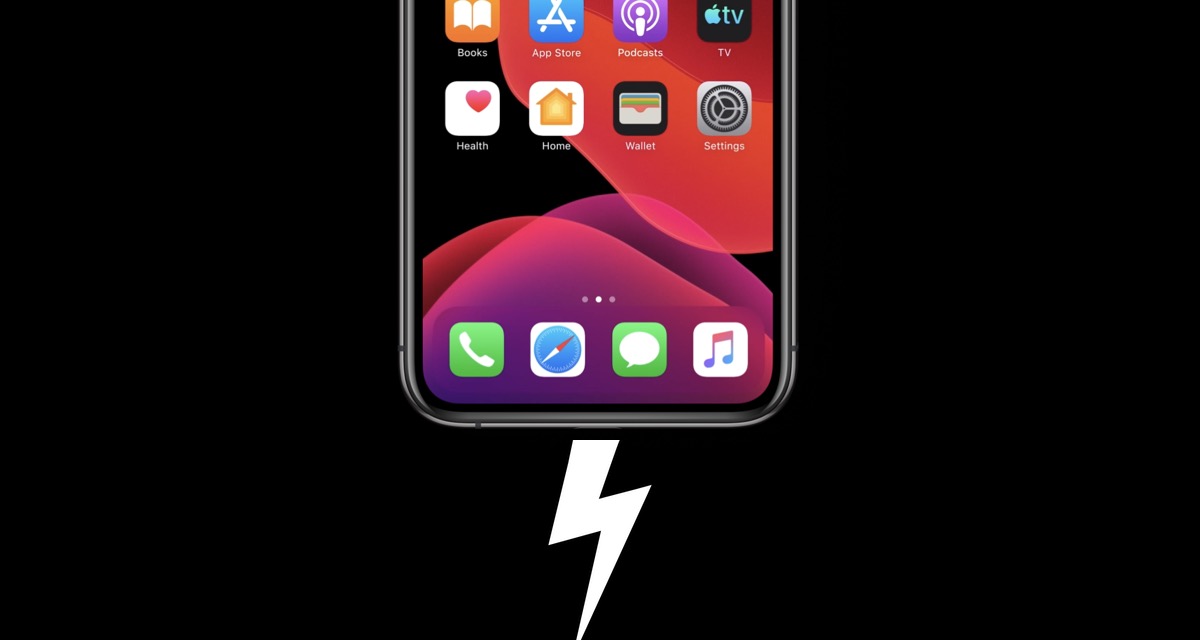
Enable FileVault
When setting up a new Mac or MacBook, you can choose whether or not to enable FileVault on it. If you're one of those people who didn't activate FileVault, for example, because they didn't know what it was doing, then smarten up. FileVault simply takes care of encrypting all your data on disk. This means that if, for example, someone were to steal your Mac and want to access your data, they will not be able to do so without the encryption key. If you want to have a good night's sleep, I recommend activating FileVault, in System Preferences -> Security & Privacy -> FileVault. You must be authorized before activation castle down on the left.
Don't use questionable apps
Many different threats come from dubious apps that you may have accidentally downloaded from fraudulent sites, for example. Such an application looks harmless at first glance, but after installation it may not start - because some malicious code is installed instead. If you want to be 100% sure that you will not infect your Mac with an application, then only use such applications that you can find in the App Store, or download them only from verified portals and sites. Malicious code is difficult to get rid of after infection.
It could be interest you
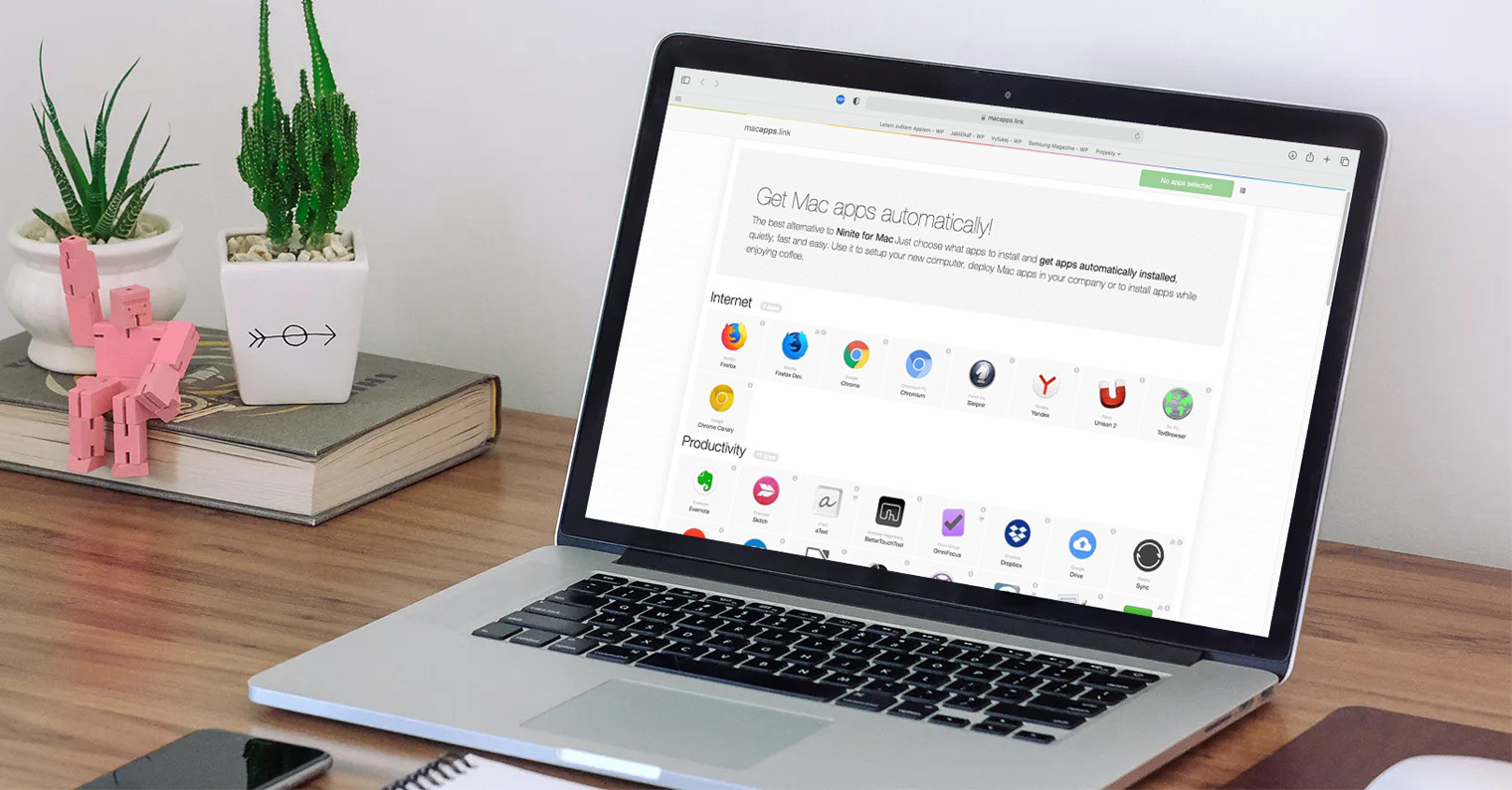
Don't forget to update
There are countless users who shy away from updating their devices for strange reasons. The truth is that new features may not necessarily suit all users, which is understandable. Unfortunately, there is not much you can do about it and you will have no choice but to get used to it. However, updates are certainly not only about new functions – fixes for all kinds of security errors and bugs are also important. So if you don't back up your Mac regularly, all these security flaws remain exposed and attackers can use them to their advantage. You can easily update your macOS operating system by going to System Preferences -> Software Update. Here, you just need to search for and install the update, or you can activate automatic updates.
Lock and log out
Currently, most of us are in home office mode, so the workplaces are deserted and empty. However, once the situation calms down and we all return to our workplaces, you should be careful to lock your Mac and log out. You should lock it every time you leave the device - and it doesn't matter if it's just to go to the toilet or to go to the car for something. In these cases, you only leave your Mac for a few minutes, but the truth is that a lot can happen during that time. In addition to the fact that a colleague you do not love can get hold of your data, for example, he can install some malicious code on the device - and you will not notice anything. You can quickly lock your Mac with a press Control + Command + Q.
You can buy MacBooks with M1 here
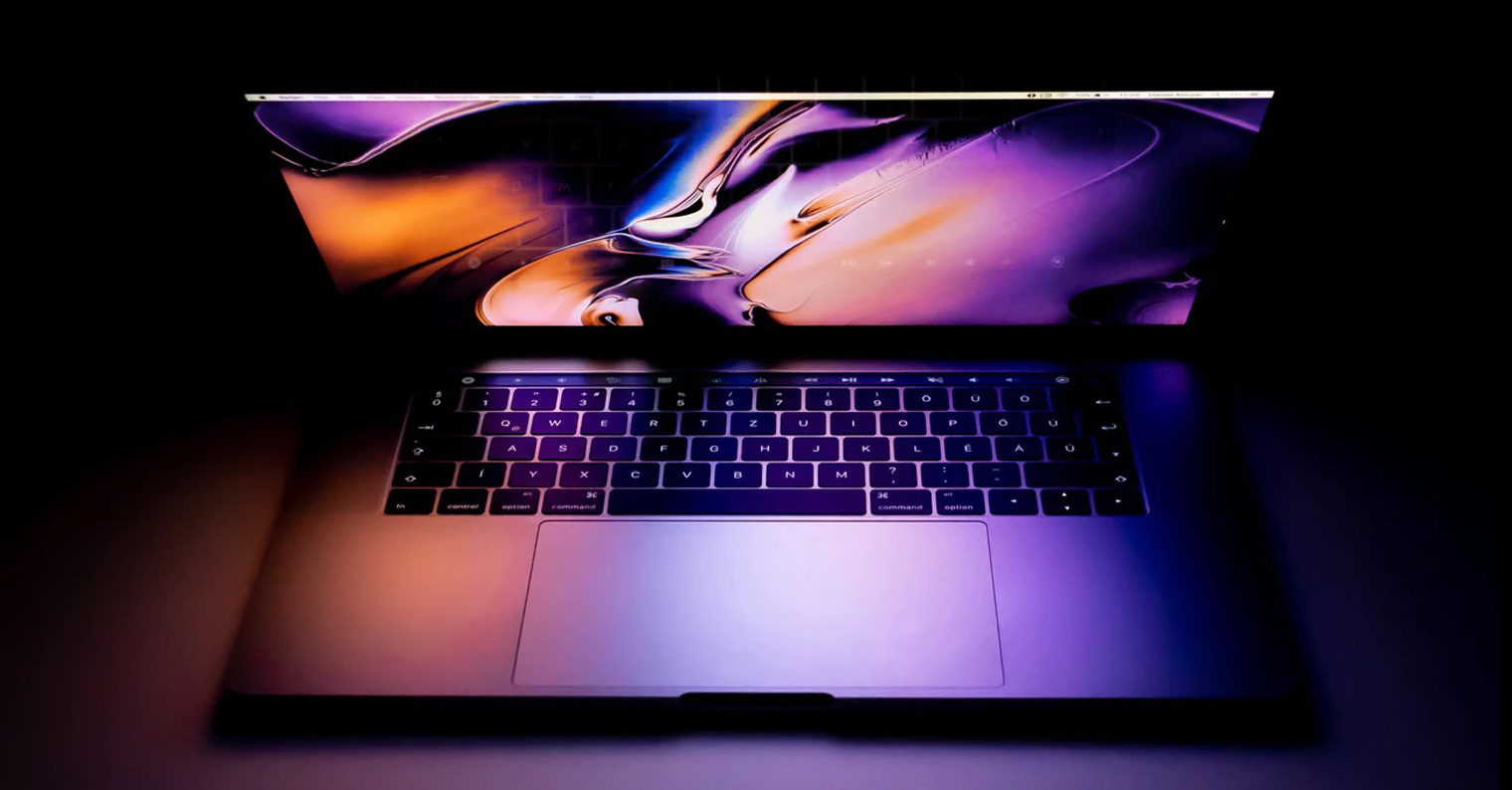
An antivirus can help
If someone tells you that the macOS operating system is completely protected against viruses and malicious code, then definitely do not believe them. The macOS operating system is just as susceptible to viruses and malicious code as Windows, and recently, as mentioned above, it has become increasingly sought after by hackers. The best anti-virus is of course common sense, but if you want an additional necessary dose of protection, then definitely reach for an anti-virus. Personally, I like to use it for a long time Malwarebytes, which can perform a system scan in the free version, and protects you in real time in the paid version. You can find a list of the best antiviruses in the article below this paragraph.
It could be interest you
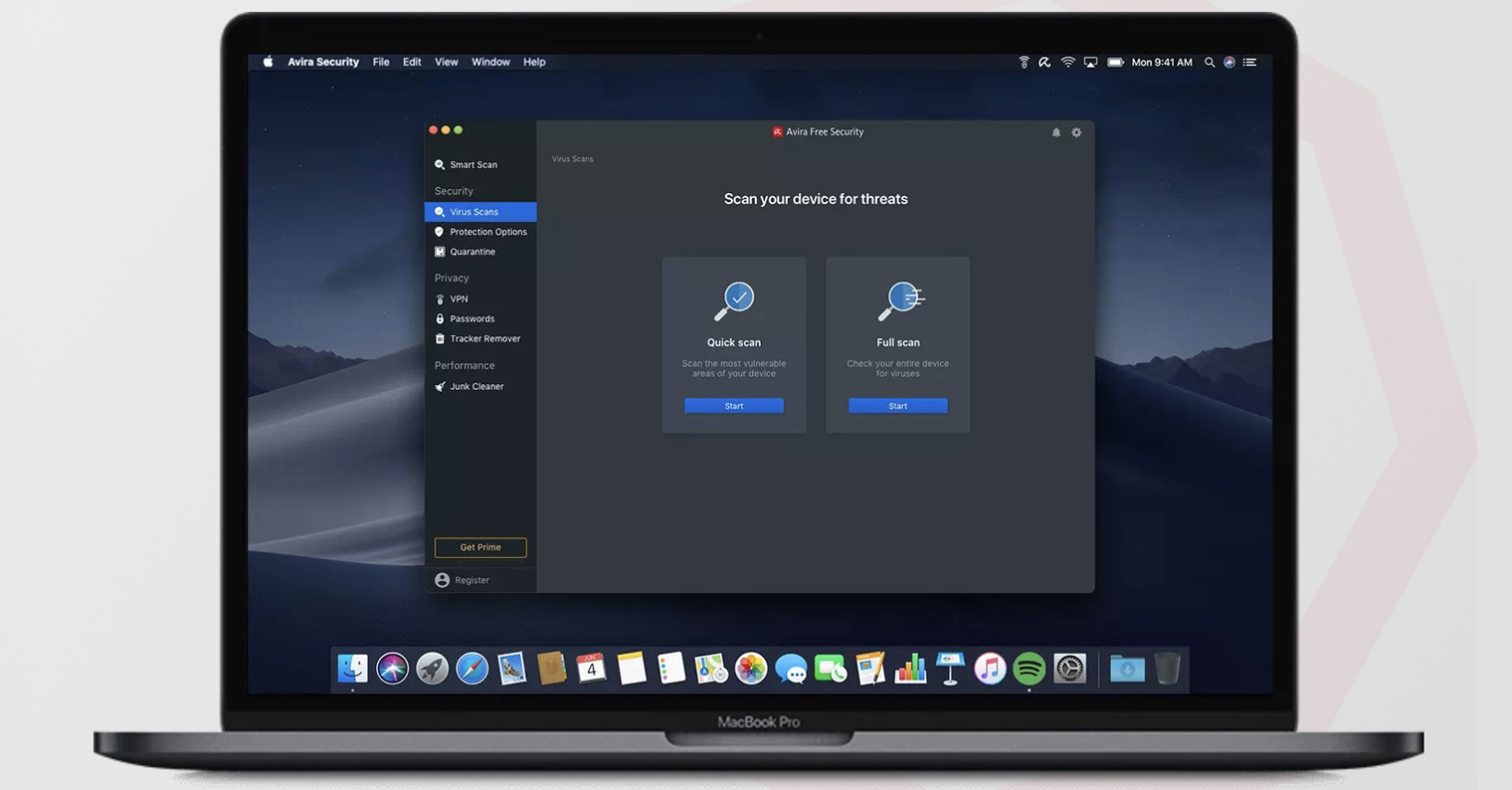

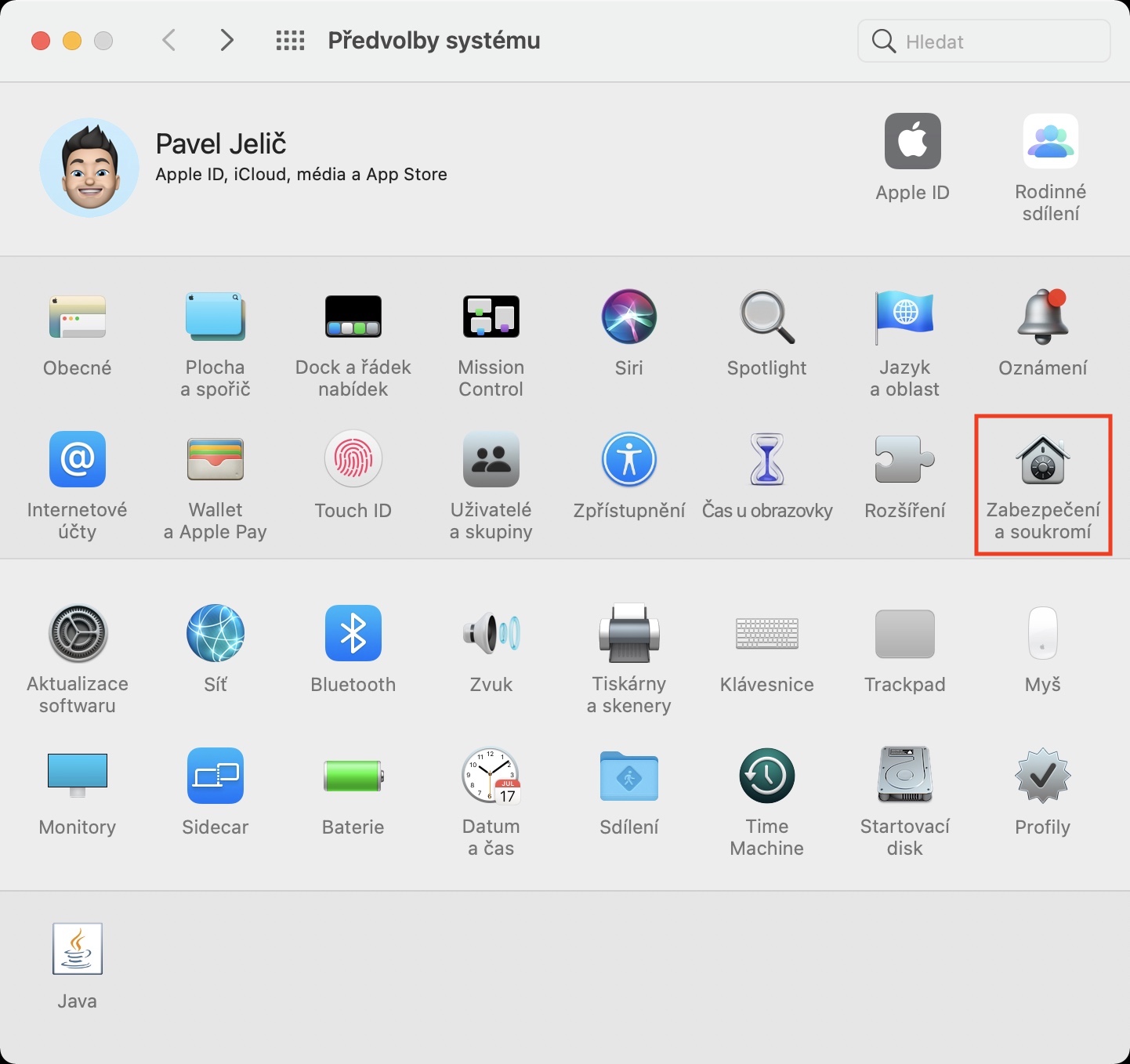
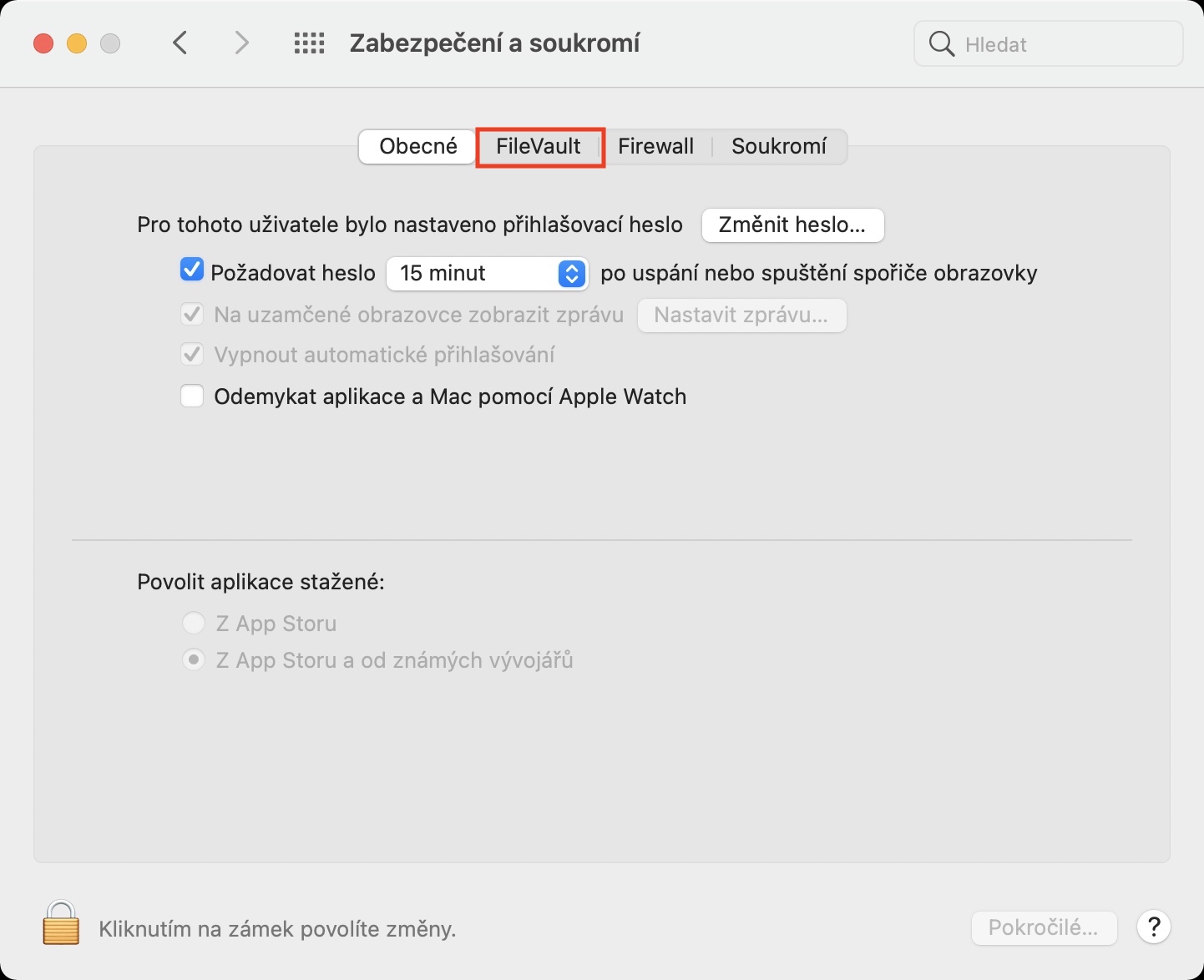
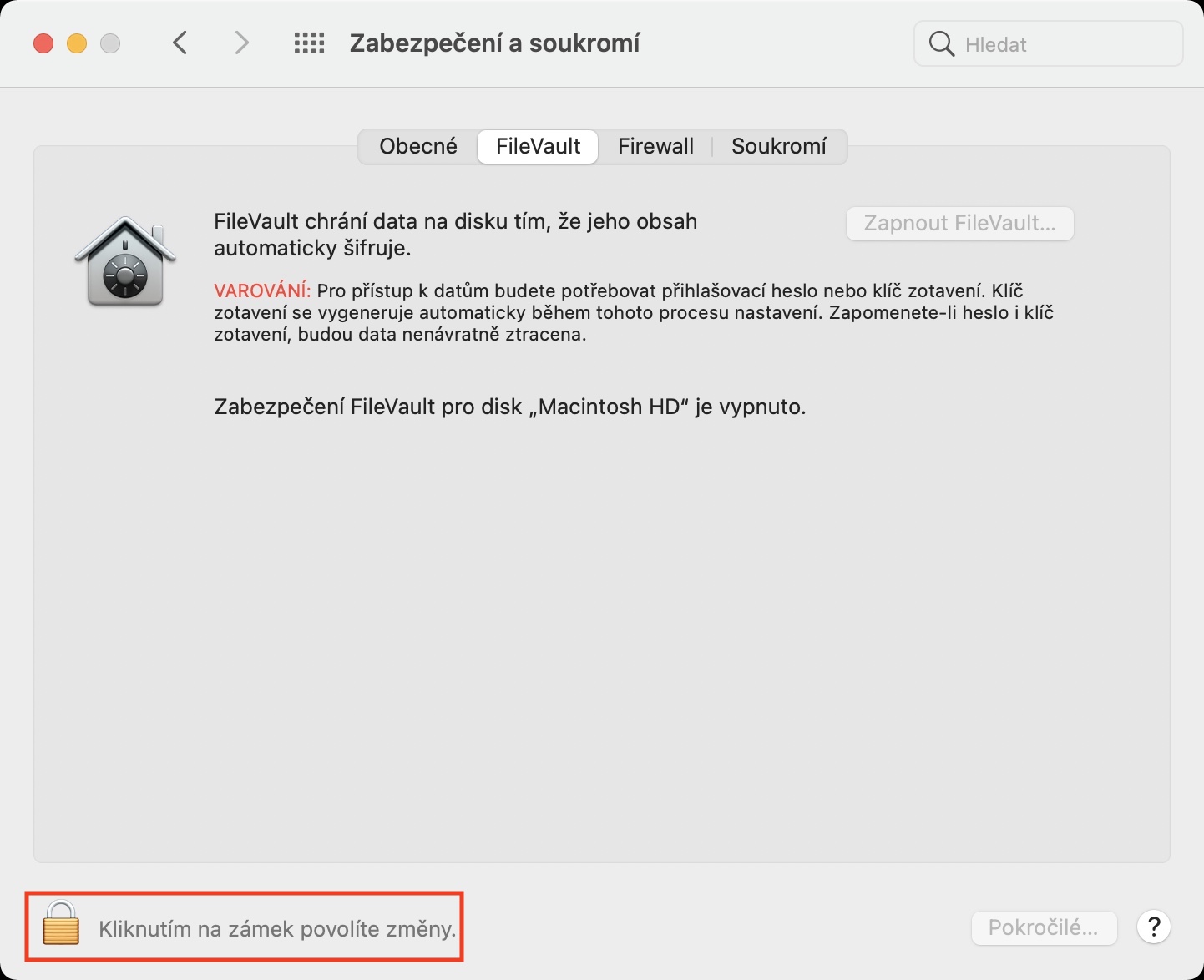
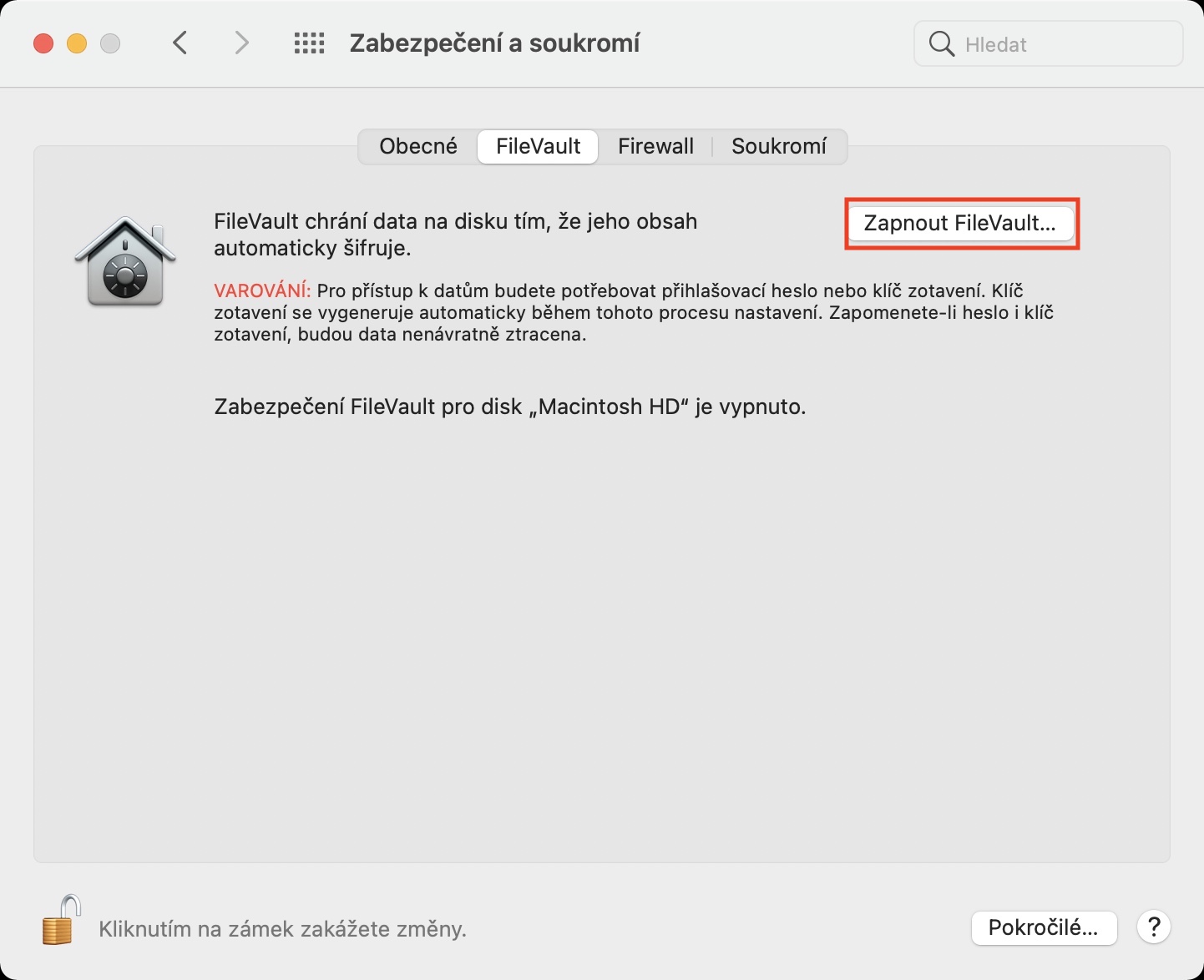
 Flying around the world with Apple
Flying around the world with Apple 
